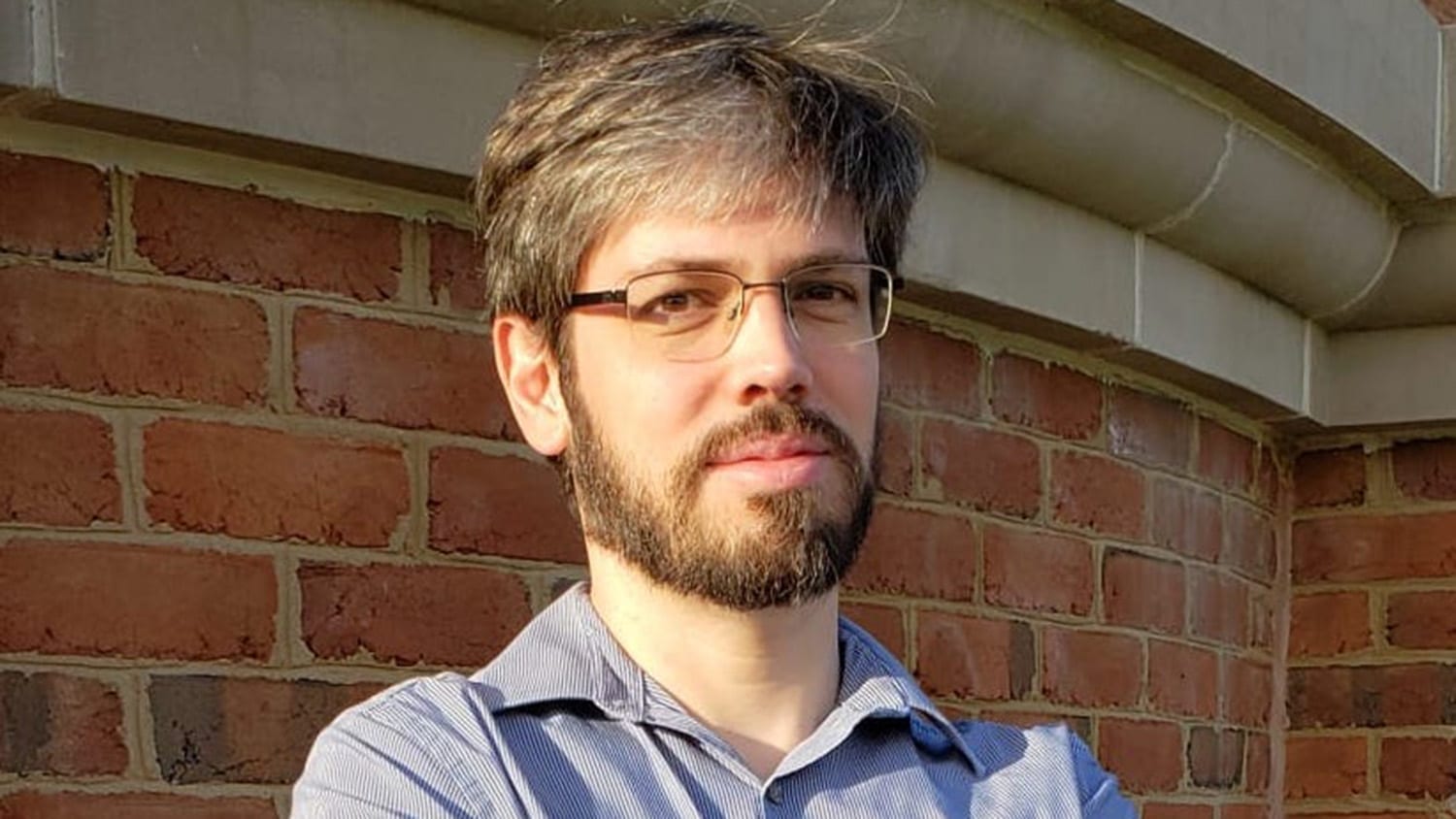Origin Story: Solving the Impossible
Students join with an alumnus on research that could shed light on the Big Bang
The task was formidable — design an energy device that helps power a giant particle collider. The results could reveal more about the origins of the universe.
Many veteran physicists said it couldn’t be done. But a group of students in an NC State summer program managed to prove them wrong.
“I was blown away,” said Dr. Lawrence Ives, the NC State physics alumnus and College of Sciences Foundation board member who challenged the students to find the solution. “So was everybody in my company.”
Ives, the founder of the Silicon Valley-based Calabazas Creek Research, creates high-power radio frequency devices used in high-energy and fusion energy development. That includes a key technology used in particle accelerators such as Cern’s Large Hadron Collider in Europe — something called a multiple beam klystron.
These klystrons are not cheap to develop or operate. But Ives had long believed that it was theoretically possible to build a klystron with multiple, compressed electron beams that would reduce the overall cost of particle accelerators and provide them with significantly higher power, potentially opening up exciting new areas of research.
Critics told him his theory broke the laws of physics.
“So many people told me I was wasting my time,” Ives said.
Ives knew the work was important. For many years, scientists had been searching for particles that would provide more information on the moments the universe began, known as the Big Bang.
With the advent of more powerful colliders, scientists are getting closer to answering these questions. In 2012, researchers used the Large Hadron Collider to discover the Higgs Boson, or “god” particle, that is responsible for giving other particles mass.
Ives admits that his first attempts to create his new klystron failed miserably.
It was the mid 2000s, and computer design tools couldn’t provide what he needed. In addition, the sheer number of values and parameters went well beyond what an engineer could manage.
So Ives, who received his three physics degrees from NC State and was named the 2010 Distinguished Alumnus of the former College of Physical and Mathematical Sciences, turned to his alma mater. He had previously worked with NC State scientists to create computer optimization tools for designing single beam klystrons.
But in 2008, he upped the stakes. He challenged students taking part in a summer Research Experiences for Undergraduates program to design a doubly convergent multiple beam klystron. The program combined students from universities around the country with several from NC State: Cynthia Andujar, David Brown and William Tallis. The researchers also included NC State graduate students Adam Attarian and John David.
“I worried I was giving them an impossible project,” Ives said. “I wouldn’t have been surprised if they came back with nothing.”
The students weren’t phased.
“We approached the problem like any other,” said Attarian, then a Ph.D. student in applied mathematics who supervised the group and helped with the coding. He’s now a mathematician at MIT’s Lincoln Laboratory. “We had no idea about its potential impact.”
Ives heard nothing for two weeks. He imagined the students were running into the same problems that had frustrated him. Then, he received an email that changed everything.
“When I popped their simulation up on the screen, I couldn’t believe it,” Ives said. “It was the most astounding image I’d ever seen.”
The REU students had successfully modeled a doubly-compressed, multiple beam klystron. Their solution was surprisingly simple; they used mathematical optimization methods to find a way to reposition electron cathodes so they tilted slightly off-axis. In theory, the change allows for a dramatic increase in power needed to push particles in high-energy colliders faster than ever.
“We approached the problem from a mathematical perspective, and that helped us,” Attarian said. “Engineers kept finding reasons why it couldn’t be done. But we didn’t know any of those.”
The work eventually spread to a second summer. In 2013, Ives, NC State and the students were granted a patent on the technology.
“To me, it’s a truly amazing achievement,” said Dr. Hien Tran, the professor of mathematics who advised the students. “Because when they started the project they knew nothing about the physics of the problem.”
After the research was published in a prestigious international journal, Ives was invited to CERN in August 2013 to describe the technology. He was then asked to present the technology to scientists from around the world planning the next major accelerator system.
That system won’t be built for many years, but Ives is confident that the double convergent multiple beam klystron will be an integral component. The compressed design could result in many millions of dollars of savings in construction and operation costs.
And he still marvels at what the students accomplished.
“These students demonstrated something the rest of the world believed was impossible,” he said.
- Categories:


